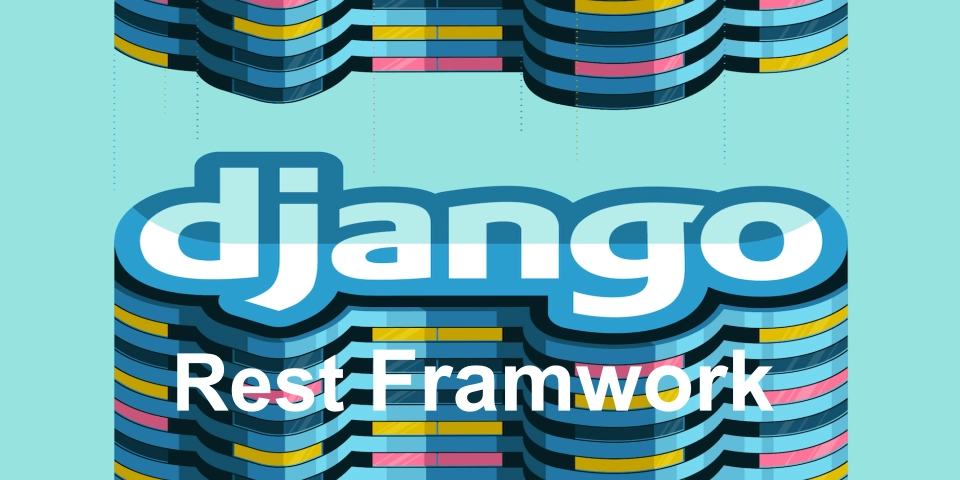If you’re working with Django and APIs, authentication is a core feature you’ll need to implement early on. In my latest video, I walk you through how to create a secure Login Endpoint using Django Rest Framework (DRF).
👉 Watch the full tutorial here:
🚀 What You’ll Learn
- How to accept and validate user credentials via an API endpoint
- How to authenticate users using Django’s default auth system
- How to return appropriate responses and tokens (Session or JWT-ready)
- Best practices for secure login logic in DRF
📌 Why This Matters
Many APIs rely on token-based authentication, and implementing a login endpoint is often the first step. Whether you’re building a full-stack app or an API-only backend, understanding how DRF handles authentication gives you an edge.
This tutorial is beginner-friendly but also highlights tips for building production-ready logic.
🛠️ Tools Used
- Django 4.x
- Django Rest Framework
- Python’s built-in
authenticate()method - (Optional: token libraries like JWT or DRF’s token auth)
🔗 Useful Resources
🗣️ Let’s Connect
I’d love to hear from you:
- Did this video help you?
- What should I cover next — JWT auth, logout endpoint, or React integration?
Leave a comment on the video or reach out on LinkedIn or X (Twitter).
🔖 Hashtags
#DjangoRestFramework #DRF #DjangoLogin #PythonDeveloper #BackendDev #RESTAPI #WebDevelopment #Authentication

